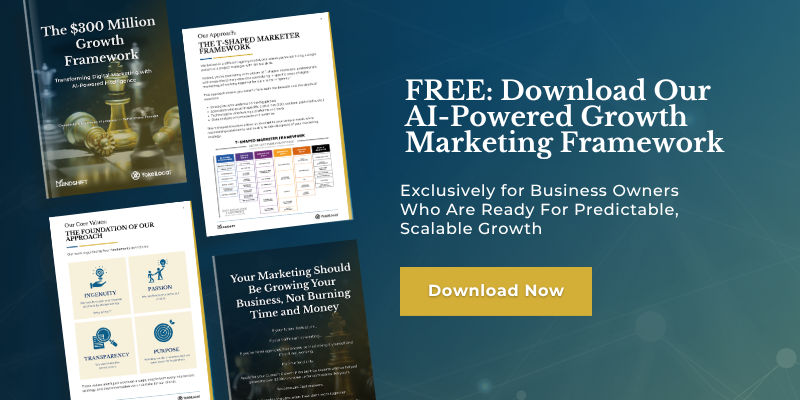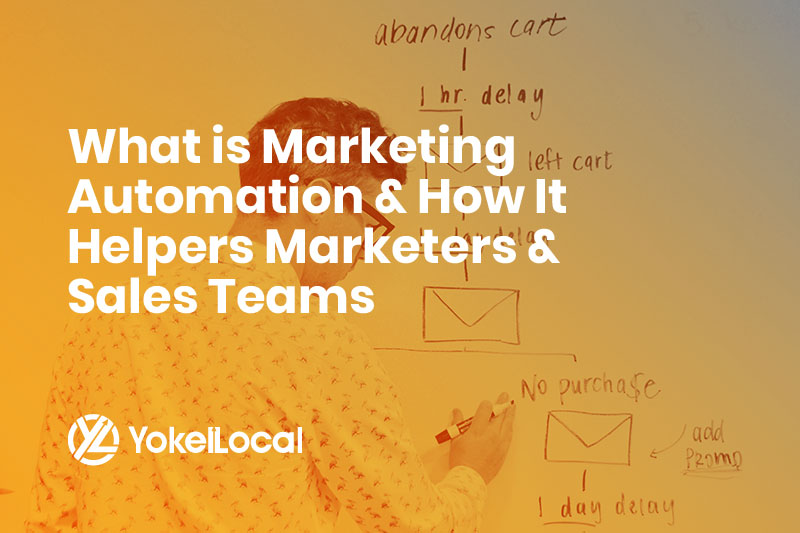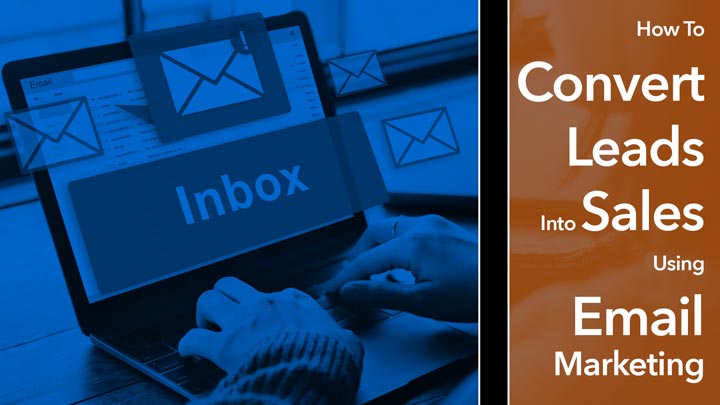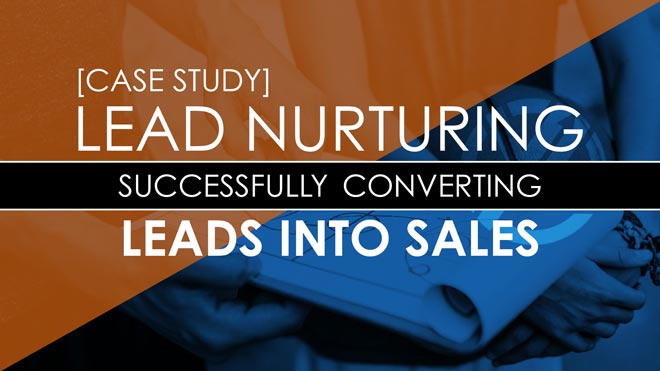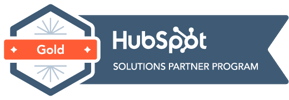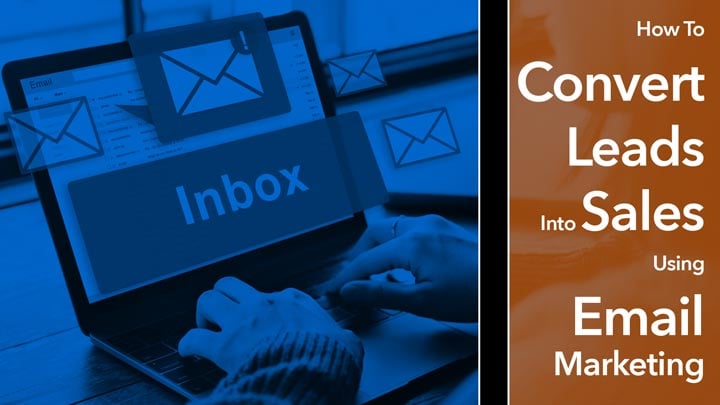
In this case study, Darrell Evans takes an in-depth look at the email nurturing sequence for one of Yokel Local's clients. Darrell analyzes the client's buyer persona and how that determines the headlines and email content that's created for the workflow's nurturing sequence.
- You'll see how to convert leads into sales using simple, but effective email marketing automation.
- You'll also discover how to craft each email message to match where the buyer is in their conversion journey with your product or service.
- You'll see how each email builds upon the previous email and how the sequence carefully educates and guides your prospect to want to become your customer.
In the end, we hope you are convinced that email leads to sales.
Video Transcript
Hey my friend, Darrell Evans, co-founder of Yokel Local internet marketing, and in today’s case study video, we’re going to be taking a look at an automated nurturing sequence for one of our clients who happens to be in the bankruptcy niche. If you’re not familiar with our six steps that we use to turn website visitors into sales, then you can download this one-page playbook and have a copy of it anytime you’d like, along with a free six-part email course. You can get that at YokelLocal.com/6Steps.
What we’re going to do today is we’re going to talk about where automated nurturing fits into this particular client’s sequence. We’re not going to name the client and really open up the emails, because that’s private information for this particular client. But I want you to, as you look at this process, we have a lot of business owners who can’t believe that we’ve boiled our success strategy down to six steps. The framework has only six steps in it. When you put all six of these steps in place, and they start working for you, you’re going to see exponential results.
Today, we’re going to dive into thinking about the methodology behind the campaign. We’re going to talk a little bit about the buyer and why the email subject lines were chosen and what’s sort of in the emails. Hopefully, you walk away from this video thinking about your own automated nurturing sequences, and if you don’t have those in place, how you can possibly get one in place.
(I’m going to go ahead and move my camera and go right over to the desktop and let’s go ahead and get started. I don’t want to keep you here very long.)
As I mentioned, this particular email sequence is for a bankruptcy attorney. Now, if you’re not in the legal space, you’re not an attorney, think of any service sector that you’re in. If you’re in home service, professional service—this works for e-commerce and manufacturing as well, you just have to put it in a little bit of context.
Before we start to break down a sequence in step 4, we have to remember that we had three steps prior to that we had to do. We had to identify the buyer persona, we had to really understand who they were and what pains they were trying to solve. We had to know how to show up when they were searching for a solution to their problem, so we had to get them to our website in some way, shape, or form. We could have used social. We could have used search. We could have other types of paid media, social media, that kind of thing.
The other thing is we had to move them from a visitor to our website into a lead. And for most business owners, most business owners don’t classify it being a lead until they’re ready to buy something. They’re ready to pick up the phone and call, like in this case, to call in and come in for a consultation. We’re moving things further up the sales funnel, so if you’ve hung around our website, you‘ve downloaded our six-step document.
By the way, you can get that at YokelLocal.com/6Steps. You can download our one-page strategy playbook, along with our email series that will come out one email a day for six days, where we dive deeper into this.
But in this particular video, we’re going to dive into step number four, which is this automated sequence. Let’s take a look at it. When someone goes through this process of bankruptcy, what we talk to the attorney about, and what we know by studying the buyer persona for this particular service, we know that:
- Number one, they’re afraid
- Number two, they’re scared
- Number three, they’re embarrassed they’ve gotten themselves into a situation that may be leading to bankruptcy; and...
- Number four, they feel like they’re just down on their confidence, because sometimes bad things happen to good people, and they’re forced into a situation like bankruptcy
What we’ve done, before they get into this email series, is we’ve allowed them to download a free report. Now, I’m not going to show you the free report today, again, because this is our client’s material, but there’s a free report, and you can see in the very first line here that there are nine secrets in this report. I’m not going to, again, go through and give you some of our copyrighting strategy and some our methodology that matches our buyer persona.
But just understand that they’ve downloaded a free report, and it’s not a very long report—it’s probably two pages, maybe three tops—and we’re introducing three particular strategies that this attorney wants to share with them that we helped him craft, into this document. Once they get the document, what’s next?
Well, we know that bankruptcy doesn’t happen overnight. It’s not an emergency service. You will not necessarily rush through this process, so we’ve got a long, considerable sales process. If you’re in a business where there’s a longer consideration and sales process, pay close attention as we break this process down. What they’re going to do is they’re going to get the first email right away.
Again, when someone goes to your website and they download a document, or a PDF, or a guide of some sort that you’ve put together, you want to give it to them right away. You can see here on the right-hand side that we’ve given that to them immediately. What we also do is we track our open rates and things of that nature. I don’t get too all caught up in open rates as much as I used to because I know that they’ve got a lot of other emails to open up and all kinds of things.
But it is important to kind of keep an eye on the open rates, so I do have that highlighted here on the right-hand side. This very first email, it’s the highest open rate, but again, they also get that opportunity to download it on the very next page, after they put their information on the landing page because we give it to them as a download.
What are we doing in email number 2? Now, we sent that out a couple of days later. In email number 2, what we’re doing is we call it an engagement email. So we put their first name in the subject line, and then we say, “Quick question for you.”
It doesn’t have to be that on every single one of them, but what we’re trying to do is we’re trying to see if they’re opening and still paying attention to our messaging. And by asking them a quick question—the human brain seems to have a hard time not answering a question—when you say, “Hey, can I ask you a quick question?” the answer is generally going to be, “Sure, go ahead.”
We’re really trying to get the email open in this particular example. Again, I’m not going to get into the text of the email, and we are asking them a question, and we do want an answer from them.
What are we doing in step number 3? Three days after this second email comes out, we’re saying, “It’s okay to be afraid.” Now, in this case, we call this an empathy email. We’re trying to humanize the attorney and humanize his understanding for their situation, because again, what we know about this particular buyer and this persona, is that they’re afraid, they’re scared, they’re not sure if this is the right thing to do.
We’ve dealt with all of the psychographics of this particular buyer, so in this particular email, if it shows up in their subject line, it says, “It’s okay to be afraid.” If the person is afraid, we hopefully will have resonated with them. And you can see that we’ve got roughly 2 out of 5 that are opening that email.
Let’s look at the next one, “Tired of your financial problems?” Once again, we’re going back to the question. A question is hard for people not to answer. “Would you like fries with that drink?” to use an example from the McDonald’s drive thru—it’s famous now.
Everyone uses it, right? “Would you like fries with that?” McDonald’s coined this, it tripled their business, tripled their ROI, I should say, in their marketing model, but when you ask someone a question, “Tired of financial problems?” If they arrived on this website because they were searching for a solution, potentially, to bankruptcy, then yes, they’re probably tired of the financial problems, so we get them to open that email.
What if they haven’t responded yet? Now we’re doing, again, we’re sort of saying, “It’s okay if you’re a good person and bad things happen to you.” We use, “When bad things happen to good people.” This, by the way, I would not recommend copying these subject lines and justifying them to your business.
Again, these subject lines were chosen very specifically based on the buyer persona. Now we’re out to a week later. Over here, you can see that we’re now spacing the emails out one at a time. We’re not in a hurry anymore. Because if they’ve converted, then we don’t want to keep bombarding them with messages. And then we also have a way for our system to know if they’ve converted, or in our reviews with our clients, we know who has converted and we take them out of the sequence.
But the next email will say, “Hey, we all make mistakes.” Again, you’re kind of seeing the pattern, “We all make mistakes.” If the person seems to be wrestling with this idea of, “I don’t know how I got into this situation,” then this is, again, another one of those empathetic emails where we’re saying, “Hey, we all make mistakes.”
Number 7. Now we’re getting a little bit more aggressive. If they haven’t converted and they’re maybe a couple months out, we’re saying, “Are you really going to let them win?” Now we’re going a little bit on the psyche, like, “Hey, let’s take charge of this. Let’s get after this. It’s okay.”
We’ve already said it’s okay to be afraid. It’s okay if you’ve had the problems, bad things happen to good people, but man, we’re down at email number 7, and we know we’re about to close out this sequence. “Hey, are you going to let them win?” Now we’re trying to nudge them on, like that kid in school, like, “Don’t let him push you.” And we’re saying, “Don’t let those creditors push you.” And then, to close the sequence, and to wrap up this case study, “What have you decided to do?”
Again, we’re coming back to this idea of, “Can we get an answer from this particular person?” And in this particular email, I will tell you the design of this email inside of it. The design is for them to say yes or no, so we are making a very strong call to action, “What have you decided to do?” so we’re asking them a yes or a no.
I wanted to wrap this video up because I wanted to just give you an overview of this sequence. We have more of these videos on our website as well. But this type of email sequence works really, really well, and you can see, even down to the final email, we’re getting just short of what looks like a little bit over one out of four opened. That’s the purpose of a nurturing sequence.
Many of these people are not ready to buy, or not ready to make the consultation yet. In fact, sometimes people will take three, four, five months to do it, so this initial series is just what we call our initial indoctrination sequence. Again, it goes out a couple of months; we have different things that happen the second and third month of this particular campaign.
I want to wrap this video up by simply saying this is a step—number 4 in our six-step process. Buyer personas is step number one. Number two is attracting visitors to our website, converting those visitors to leads. This sequence here, and this particular process, helps us convert more leads to sales or sales qualified appointments in our sequence, and then we move to the other steps in our process.
Again, you can download a copy of our six-step process at YokelLocal.com/6Steps and get our free six-part email course that will help you dive deeper into these and for now, I’ll sign off, and I’ll see you in another case study video. My name is Darrell Evans at Yokel Local. Take care.



